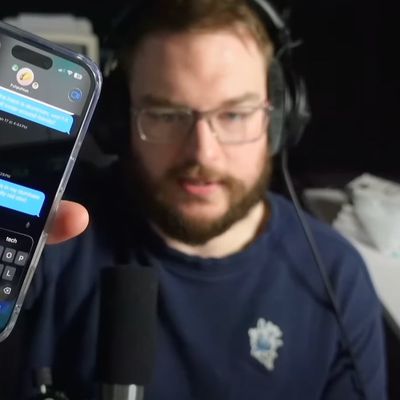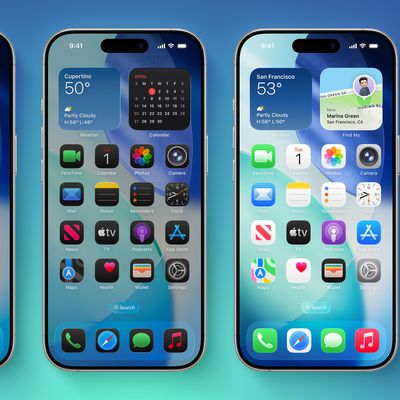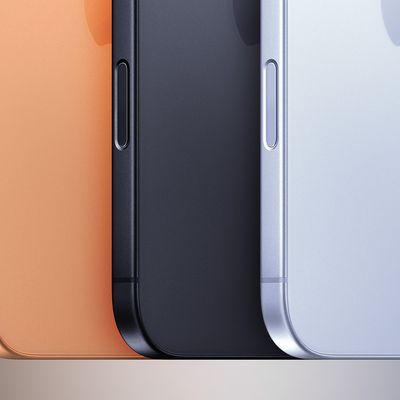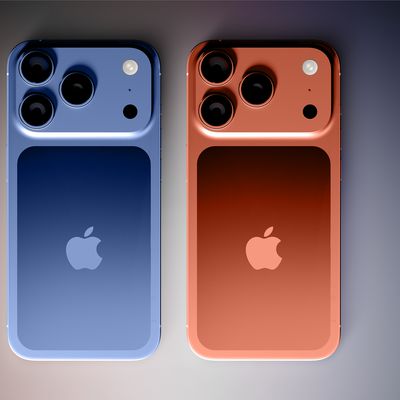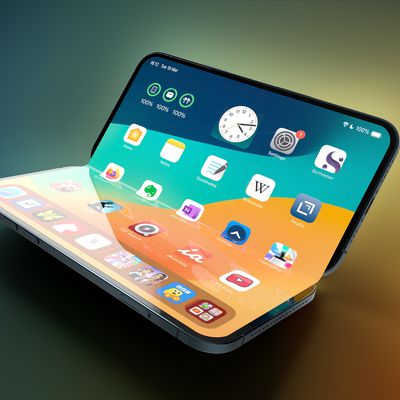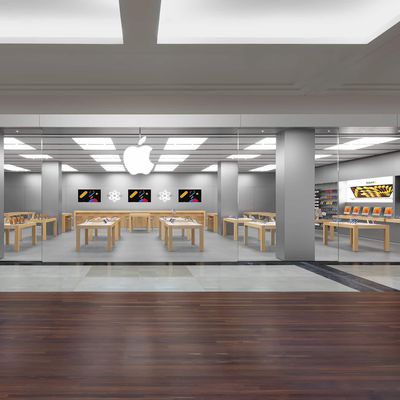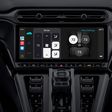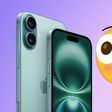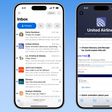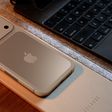Apple Pushes for Clarification on Licensing of FRAND Patents
Dow Jones Newswires reports that Apple filed a letter with the European Telecommunications Standards Institute (ETSI) last November pushing for clarification on how standards-essential patents are intended to be licensed. These standards-essential patents are currently required to be licensed under fair, reasonable and non-discriminatory (FRAND) terms in order to promote competition in the marketplace, but Apple claims that there is too much confusion in the industry about how such licensing should be handled.
Apple said in its letter--which was dated Nov. 11, but not previously disclosed--that the lack of clarity on what is fair, reasonable and nondiscriminatory has led many companies to ask unusually high rates and sue one another claiming they infringed on one another's patents.
"It is apparent that our industry suffers from a lack of consistent adherence to Frand principles in the cellular standards arena," wrote Bruce Watrous, Apple's intellectual property head.
Apple has requested that the ETSI set "appropriate" royalty rates for FRAND patents in the wireless industry in order to help companies compete on a relatively even field with a clearer understanding of the costs involved in competing in the market. The company has also requested that FRAND patents not be used as the basis for requests for injunctions that would remove products from the market, given that those patents are intended to be licensed and that any negotiation roadblocks are related to the details of that licensing.
Apple certainly has a vested interest in seeing simplified FRAND patent licensing terms, given that it was a relatively late entrant into the mobile phone industry where the vast majority of patents covering the basic technologies are owned by other companies. While Apple has primarily relied on claims of design infringement and specific user interface functionalities in its efforts to block smartphone sales by its competitors, it has been the target of lawsuits based on more fundamental inventions.
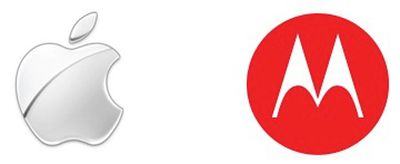
In one example, Apple briefly pulled all of its 3G-capable iOS devices with the exception of the iPhone 4S from its German online store last week in the wake of a victory by Motorola Mobility in the ongoing patent dispute between the two companies.
That injunction was quickly suspended pending Apple's appeal of the ruling, with Apple arguing that the patents in question are subject to FRAND licensing requirements that are not being met by Motorola. Apple claims that Motorola has "demanded" a royalty rate of 2.5% to license the patent, a figure that would have resulted in Motorola receiving roughly $1 billion from Apple in 2011.
Popular Stories
Earlier this year, YouTuber Jon Prosser shared multiple videos showing off what he claimed to be re-created renderings of what was then presumed to be called iOS 19 and which was eventually unveiled by Apple as iOS 26 at WWDC in June.
In his first video back in January, Prosser showed off a Camera app redesign with a simpler set of buttons for moving between photo and video modes, and he...
Apple previously announced that a public beta of iOS 26 would be available in July, and now a more specific timeframe has surfaced.
Bloomberg's Mark Gurman today said that Apple's public betas should be released on or around Wednesday, July 23. In other words, expect the public betas of iOS 26, iPadOS 26, macOS 26, and more to be available at some point next week.
Apple will be releasing...
We may finally have a definitive list of all color options for the iPhone 17 series, ahead of the devices launching in September.
MacRumors concept
In a report for Macworld today, Filipe Espósito said he obtained an "internal document" that allegedly reveals all of the color options for the upcoming iPhone 17, iPhone 17 Air, iPhone 17 Pro, and iPhone 17 Pro Max models.
The report includes ...
We have just under two months to go until the debut of Apple's iPhone 17 models, and rumors have been ramping up in recent weeks. We went through everything we know so far, pulling out the most exciting rumors and highlighting some other changes that aren't going to be so great.
Top Tier
Ultra Thin iPhone 17 Air - The iPhone 17 Air is 2025's most exciting iPhone rumor, because it's the...
Apple's long-rumored foldable iPhone will likely have a starting price between $1,800 and $2,000 in the U.S., analysts at investment banking firm UBS said this week. If so, the foldable iPhone would cost more than a MacBook Pro, which starts at $1,599.
With a starting price of at least $1,800, the foldable iPhone would be the most expensive iPhone model ever released, topping the Pro Max at...
Apple's next-generation iPhone 17 Pro and iPhone 17 Pro Max are only two months away, and there are plenty of rumors about the devices.
Below, we recap key changes rumored for the iPhone 17 Pro models.
Latest Rumors
These rumors surfaced in June and July:A redesigned Dynamic Island: It has been rumored that all iPhone 17 models will have a redesigned Dynamic Island interface — it might ...
The long wait for an Apple Watch Ultra 3 is nearly over, and a handful of new features and changes have been rumored for the device.
Below, we recap what to expect from the Apple Watch Ultra 3:Satellite connectivity for sending and receiving text messages when Wi-Fi and cellular coverage is unavailable
5G support, up from LTE on the Apple Watch Ultra 2
Likely a wide-angle OLED display that ...
Apple today said its store at the Westfield Hornsby shopping mall, in Hornsby, Australia, will be permanently closing in October.
Apple Hornsby
In a statement shared with Australian tech news website EFTM (via Reddit), Apple said that it has decided not to renew its lease at Westfield Hornsby. Apple said all affected retail employees will be given the opportunity to work at Apple's nearby...



